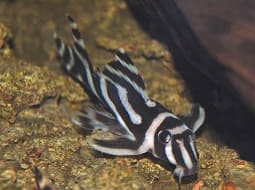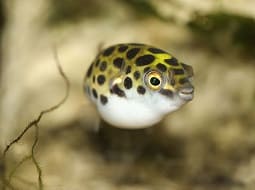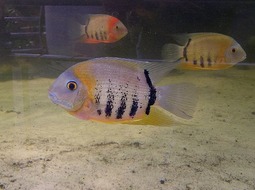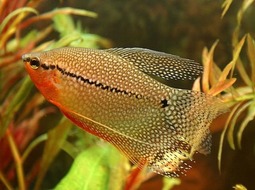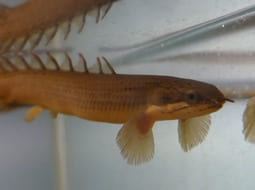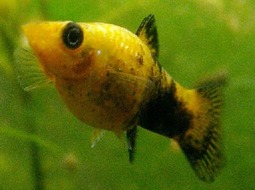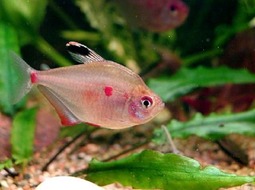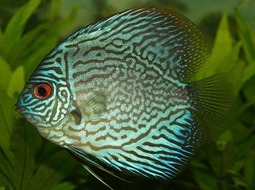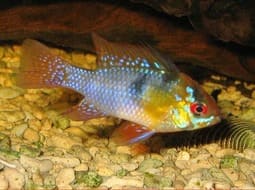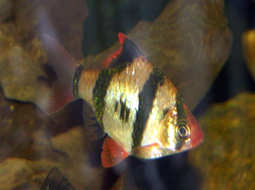
Loading Aqualapp ...
Care and Compatibility of Cockatoo Cichlid - Apistogramma Cacatuoides
Introduction
The Apistogramma cacatuoides, also known as the Cockatoo Cichlid, is a cichlid fish native to South America. They are small-sized fish, reaching a length of approximately 6 to 8 centimeters. They have a compact and colorful body, with elongated fins in males. Males exhibit a beautiful pattern of bright colors, including shades of yellow, red, and blue. Females are usually less colorful and have a more subdued appearance. They are a popular species among aquarium hobbyists due to their attractive appearance and interesting behavior.
Behavior
The Apistogramma cacatuoides is a cichlid fish with interesting behavior. They are territorial and can display aggression towards other fish, especially during the breeding season. Males are known for their display behavior, extending their fins and showcasing vibrant colors to attract females. They are curious and active fish, exploring their environment and patrolling their territory. It is important to provide them with enough space and hiding places to establish their territory and reduce conflicts with other fish.
Sexual Dimorphism
Sexual dimorphism in Apistogramma cacatuoides is evident. Males are typically larger and more colorful, with elongated fins. Females are generally smaller and have duller colors. During breeding, males may exhibit more pronounced territorial and courtship behavior.
Reproduction
The reproduction of the Apistogramma cacatuoides is fascinating to observe. They are cichlid fish that exhibit unique breeding behavior, where the male and female form a monogamous pair. During the breeding season, the male will construct a nest in a cave or hiding spot and aggressively defend it. The female will deposit eggs in the nest, and the male will fertilize them. After spawning, both the male and female will care for and protect the eggs and fry. Parental care is active, and both parents participate in the protection and feeding of the fry. The fry can be fed with food for small fry and live microorganisms. It is recommended to provide them with a suitable breeding aquarium with hiding places and safe areas to successfully raise the fry.
Aquarium Conditions
Apistogramma cacatuoides is a South American dwarf cichlid that requires a well-planted aquarium with abundant vegetation, roots, and hiding spots. It prefers soft and slightly acidic water. Aquarium décor should provide shelter and places to explore. Maintaining water quality is important and providing a varied diet.
Feeding
The Apistogramma cacatuoides is an omnivorous fish that feeds on a variety of foods. Their diet can include high-quality commercial cichlid foods in the form of pellets or flakes. They also accept live foods such as worms, insect larvae, and small crustaceans. Supplementing their diet with vegetable foods is important, such as blanched spinach leaves or slices of cucumber. It is recommended to feed them twice a day in portions they can consume within a few minutes.
Complexity
Caring for Apistogramma cacatuoides can be moderately challenging. They are sensitive to water quality and require stable parameters. They are territorial and may show aggression towards other fish of the same species. It's recommended to keep them in pairs or groups with a single male and multiple females.
In case you need more help, or if you want to know into any topic related to the Apistogramma Cacatuoides (Cockatoo Cichlid) and even any other species you can use the forums to ask what you need.
To do an analysis more detailed about coexistence and behavior of Apistogramma Cacatuoides (Cockatoo Cichlid) use the Aquarium simulation tool, if you do this you can test different ways to combine the Cockatoo Cichlid with other fishes giving the dimensions and space on you aquarium, on this way you can known the optimal configuration for keep the fishes that you want.
You can also find out the 54 species compatible with the Apistogramma Cacatuoides (Cockatoo Cichlid) can live together.
Note: The parameters of the water such as PH and temperature are also used to calculate the compatibility of the species.
Compatible species (54)
Compatible (15 Species)
Compatible without any restriction
With Reservation (11 Species)
Compatible in some cases, it depends on the nature and personality of the fish.
Las especies territoriales por lo general pueden convivir con especies protegidas con coraza, ya que no pueden hacerles daño por su dura piel, lo que si hay que tener en cuenta es tener un acuario con dimensiones favorables para que cada pez pueda delimitar un territorio, ya que la mayoría de peces acorazados son también peces de fondo y les gusta estar buscando lugares donde ocultarse.
The males can live with the females if the space is wide, but they should not get together with other males because there will be confrontations that can end the life of the fish.
Showdown over territory (1 Species)
Fish can live together as long as the space is spacious enough to delimit a territory, otherwise there may be aggressions for competing for the territory.
Considerable size difference (4 Species)
They can coexist while they are similar in size or the size difference is not very abysmal, since as the fish grows it increases the chances of eating its partner that did not grow much.
Compatible if space is enough (23 Species)
They can coexist together if the aquarium they share is large and spacious enough for both species to feel good, as some fish may attack others to feel that they have little space and try to eliminate the competition.
Cockatoo Cichlid
Apistogramma Cacatuoides

- Ph: 5.5 - 7.5
- Temperature (c°): 25 - 28
- Measures: 6 cm - 9cm
- Aquarium Capacity:
63 Liters - 17 Gallons - Alimentación: Carnivores, Omnivores
- Colores: Blue, Red, Yellow
- Comportamiento: Semi Aggressive, Territorial, Territorial with its species
- Habitad: American
- Morfología: Thorns or pointed
- Preferencias del Acuario: Caves, Logs, Natural plants
- Tamaño: Small
- Taxonomía: Cichlids, Fish
- Tipo de Agua: Sweet water, Tropical waters
- Velocidad de nado o movimiento: Normal
- Zona de Nado: Aquarium background

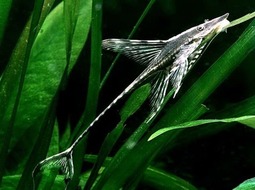
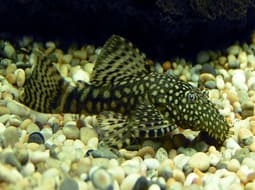
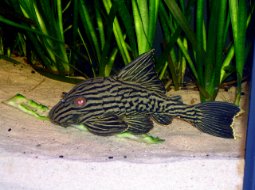


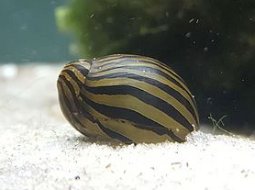

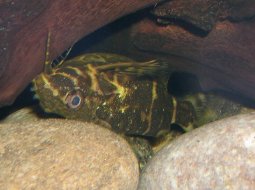
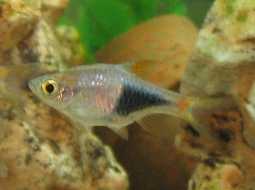

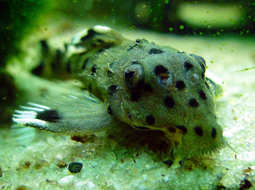

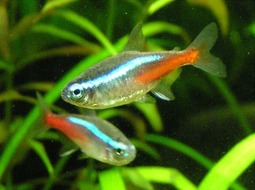
.jpg)
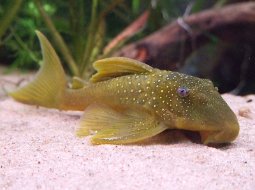

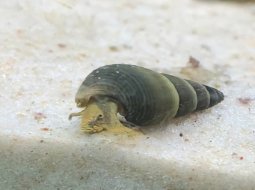

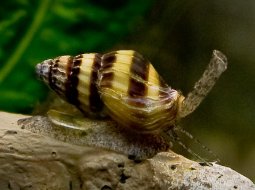
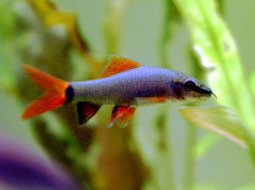
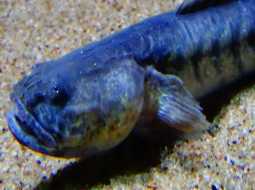
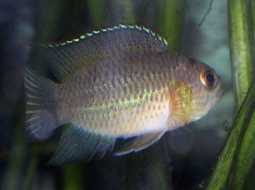
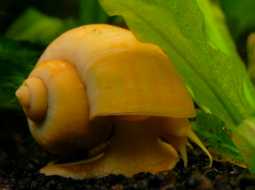
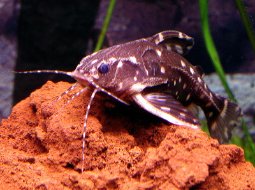
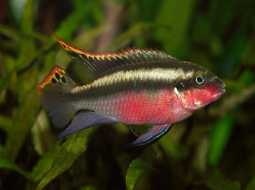
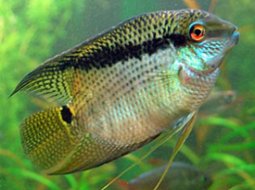
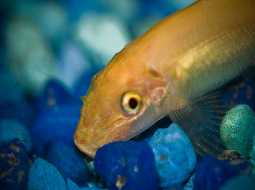
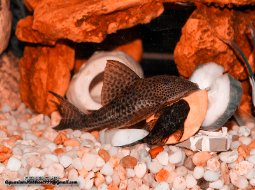
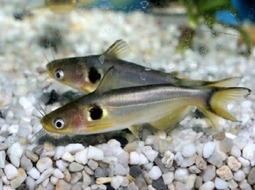


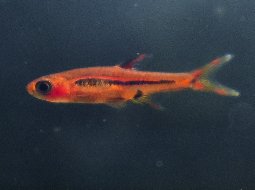
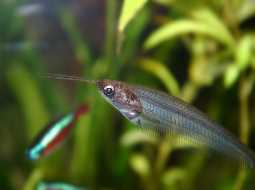
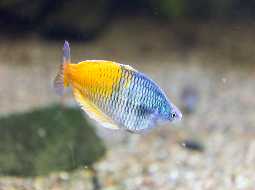
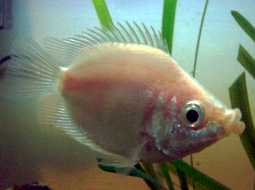
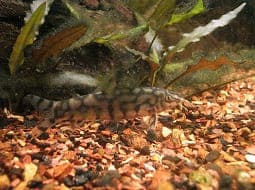
.jpg)
